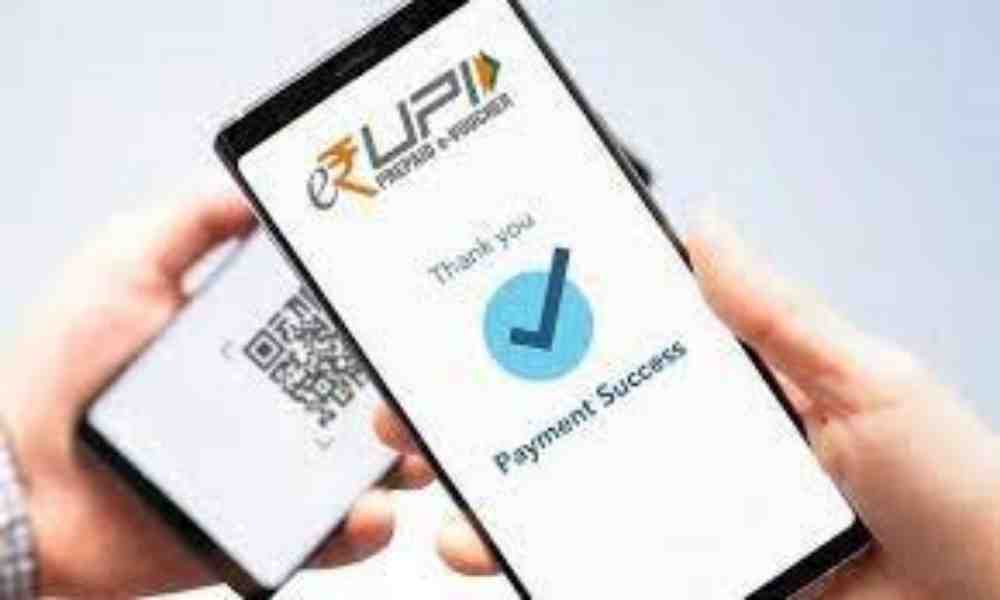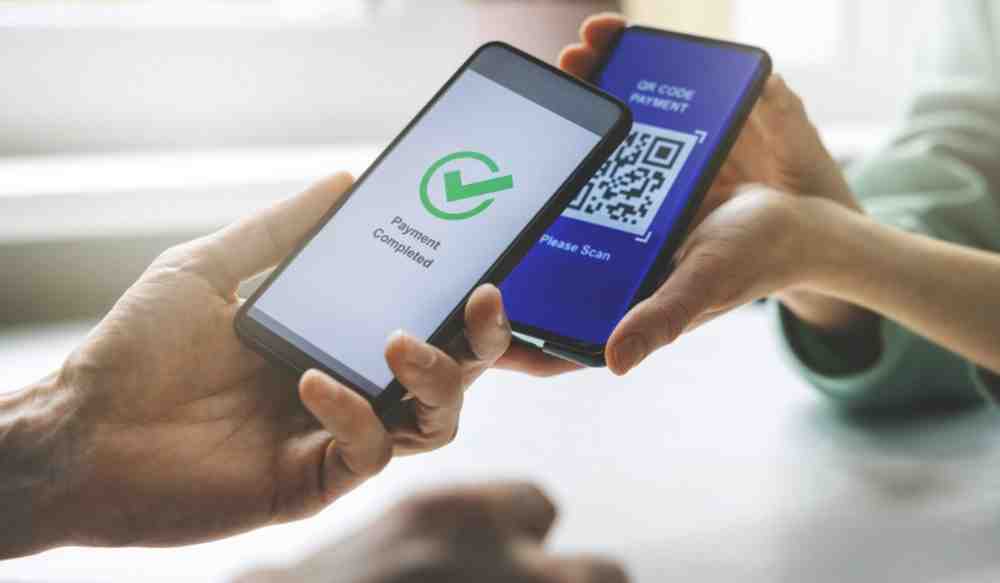Digital Payments Boom in India: Key Trends and Future Projections
According to a report by Redseer Consultants and Pine Labs, the widespread use of smartphones and the internet, as well as favorable government policies, have become key drivers in the adoption of digital payments in India. As a result, Indian households are likely to make at least 50% of their transactions without cash in the next three years.
At the moment, 35% of Indian households conduct digital transactions; which is anticipated to surpass 50 percent by FY26. Online shoppers in India are anticipated to increase by 50% over the next three years, reaching over 30 crore users. India has more than 70 crore internet users, making it second only to China in terms of internet users worldwide. By FY26, Redseer projects that UPI will account for 90% of all digital payments and help fuel BBPS (Bharat Bill Payment System) by making it easier for businesses to make recurring payments.

“Clients utilize advanced installment techniques in 80% of staple, food conveyance, and travel exchanges.”Digital transactions by households are estimated to cross 50% by FY26,” stated Jasbir Juneja, Partner at Redseer. “Mobile phones facilitating seamless P2M payments.” UPI has gained widespread acceptance as the most widely used digital payment method, accounting for the majority of digital payment volume. Over 95% of the market is held by PhonePe, Google Pay, Paytm, and Cred. Online retail takes the lead among the various industries, followed by food delivery and transportation (represents cab and bike aggregators).
Online transactions were carried out by 400-450 million people in FY23, and that number is expected to rise to 700-750 million. It is anticipated that the number of unique mobile payment users who make use of UPI or wallets as a method of digital payment will almost double from 350-380 million now to 650-700 million in three years.

The Redseer report also includes a mention of the RBI-conceived BBPS, which is operated by the National Payments Corporation of India (NPCI). According to the findings of Redseer, BBPS is anticipated to experience a 30% increase in transaction volumes, rising from 110 crore transactions in FY23 to 240 crore transactions in FY26. According to the report, the future of digital payments in India lies in the following emerging trends:
E-Rupi/CBDC:
Prepaid e-vouchers are imparted to the recipient through SMS or QR codes and recovered without cards or online installment applications. These are presently utilized for disbursal of government benefits (Coronavirus inoculations).
Retail e-Rupi (sent off in December 2022) is an electronic cash utilized basically for retail exchanges. Within two months of its launch, Retail e-Rupi saw 800,000 transactions. Redseer projects that it will continue to expand as a result of factors like the widespread use of digital payment methods for low-value transactions.

Voice installments:
Enables voice or call-based online transactions. By 2030, voice technologies will be used in half of all transactions worldwide. A large customer base that spans all city tiers.
Payment methods that can be worn: a wearable device that acts as a debit card and is directly connected to the customer’s bank account. The interest group for this is millenials and GenZ. Clients can tap the wearable gadget during checkout without utilizing actual cards. The wearables market in India is expected to reach Rs 1.4 lakh crore by FY30, from Rs 1.1 lakh crore in FY22.
Biometric installments:
Biometric installments is an innovation that utilizes biometric confirmation in view of the client’s actual qualities of clients, like fingerprints, facial acknowledgments, and iris. On the payment page, users can save their biometric patterns, which can be used to make payments without using physical cards or user information.
